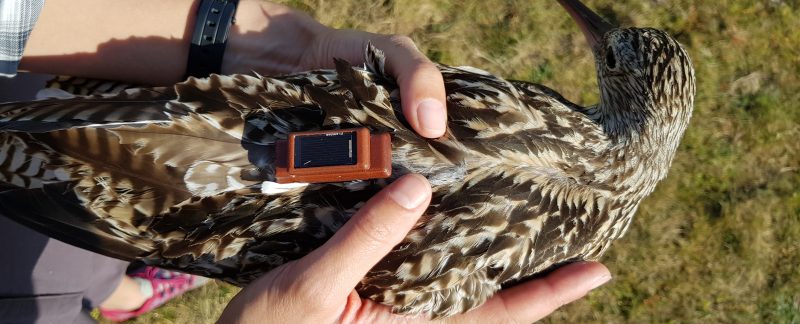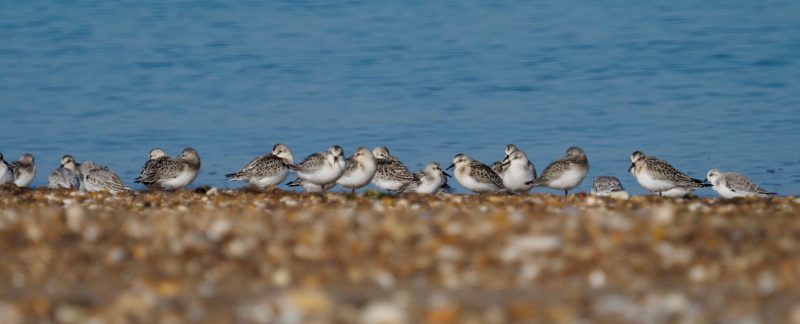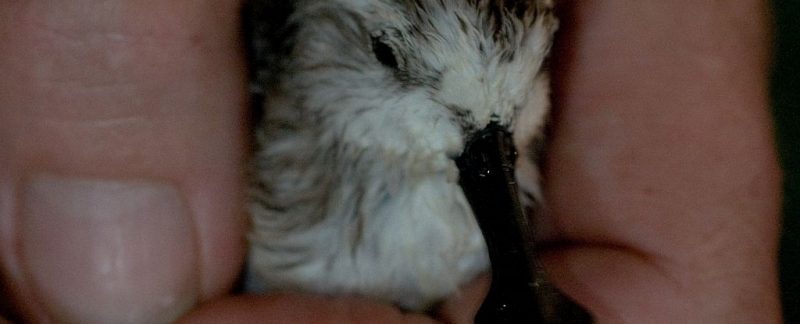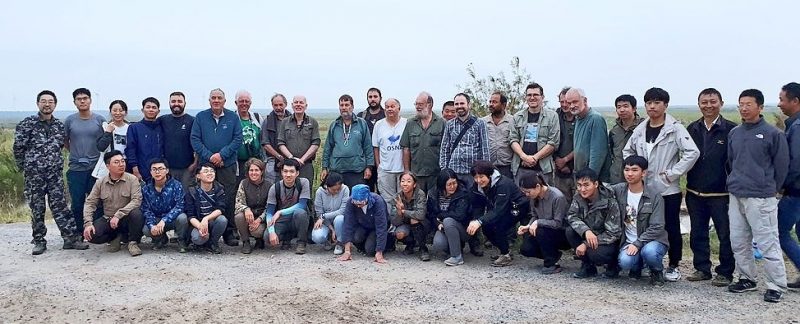Curlew, a Near Threatened species, are a major feature of The Wash where they occur in nationally important numbers. They are declining throughout their range and, in the UK: the 25-year (to winter 2019–20) population trend for Curlew is -33% and the 10 year -18%. We see them feeding on both the tidal mudflats and on the inland fields, where they eat earthworms.
Continue Reading →



